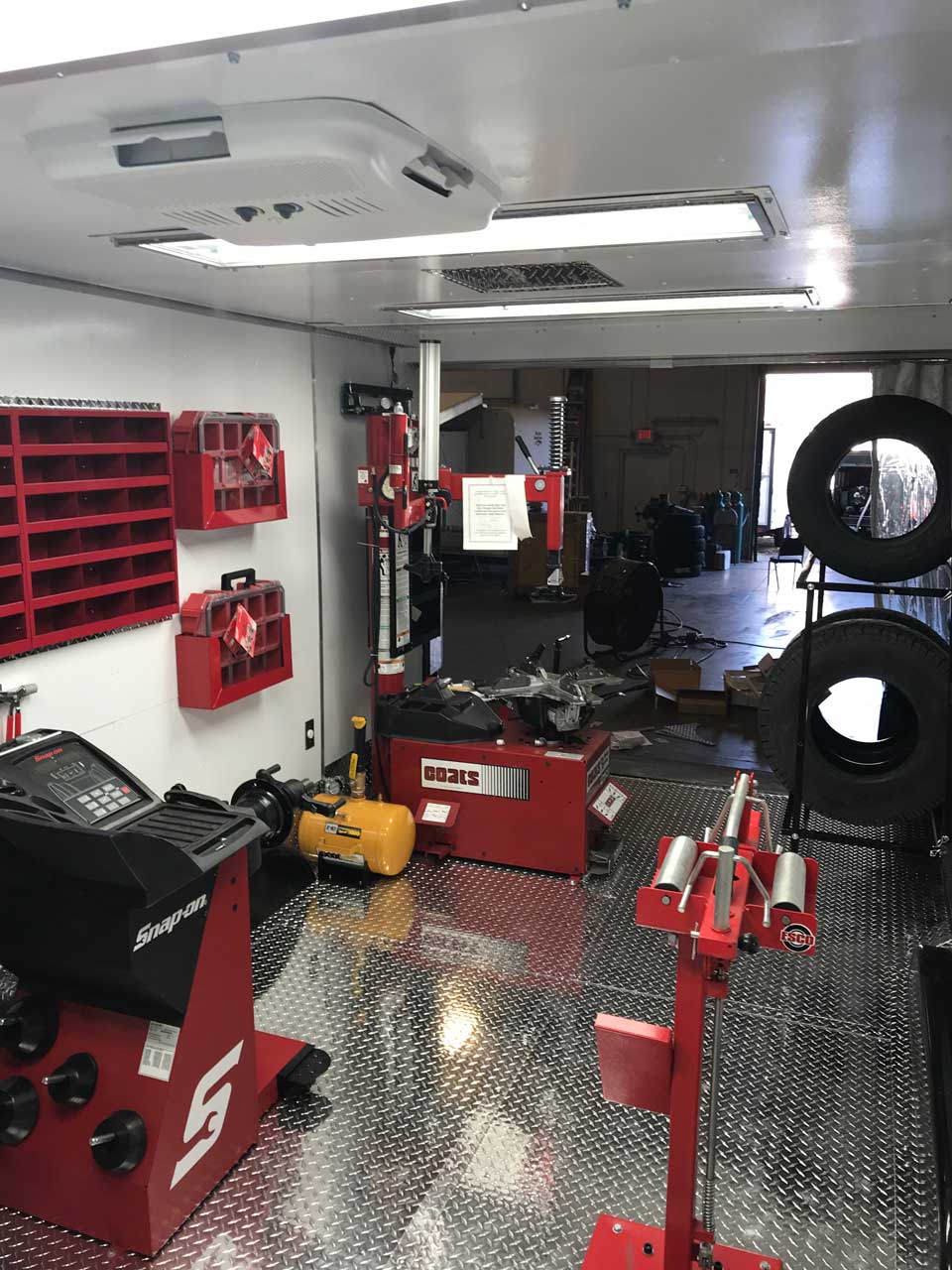Drive with Confidence: GMC Tires Service at Morris Tires
Tire Service: The Influence of Climate Condition
When it pertains to ensuring optimal efficiency and safety when driving, recognizing the influence of climate condition on tire solution is critical. From scorching warm to icy roadways, each climate aspect can substantially affect tire performance and general driving experience. By delving right into the effects of varying climate condition on tires, chauffeurs can gain beneficial understandings that may enhance their lorry's performance and longevity. In this discussion, we will certainly explore the complex connection in between climate condition and tire solution, clarifying the relevance of weather-specific tire maintenance techniques and considerations.
Heat and Tire Efficiency
When subjected to high temperatures, tires experience changes in efficiency that can substantially impact vehicle security and handling. The heat generated from prolonged driving or hot weather conditions causes the tire rubber to soften, leading to reduced tread life and enhanced wear.

Cold Climate Effects
Cold weather condition problems can have a considerable effect on tire efficiency and safety. As temperatures drop, tire rubber can solidify, causing decreased grip on icy or snow-covered roadways. In chilly weather condition, tires may also lose atmospheric pressure a lot more swiftly, which can affect taking care of and fuel performance. Furthermore, chilly temperature levels can trigger tire sidewalls to tense, enhancing the threat of damage from pockets or various other road threats.
To reduce the effects of cold weather on tires, it is important to frequently check tire pressure and inflate them to the maker's advised levels. Utilizing wintertime or all-season tires designed for cool weather conditions can likewise improve traction and grasp on icy or snowy roads. Correct tire upkeep, consisting of regular examinations for wear and damage, comes to be much more important during chillier months to make certain optimal performance and security.
Rainy Issues Effect
Throughout stormy problems, tire performance and safety and security can be considerably affected by the wet road surfaces and decreased exposure. The tread pattern of tires plays a vital function in maintaining traction on damp roadways. Tires with worn-out footsteps are much more susceptible to hydroplaning, where a layer of water develops between the road and the tire surface area, resulting in loss of grip. To fight this, motorists need to consistently inspect their tires for adequate step depth and consider investing in tires especially made for damp conditions.
In addition, wet weather can likewise reduce exposure, making it challenging for vehicle drivers to see the road in advance plainly (GMC Tire Service). In such conditions, it is important to readjust driving speeds accordingly and keep a safe following distance to permit abrupt quits. Effectively inflated tires can also assist in maintaining control on damp roadways by providing far better handling and hold
Snow and Tire Safety
Snow-covered roadways position one-of-a-kind difficulties for drivers, highlighting the significance of correct tire choice and upkeep. When driving in snowy problems, having the right tires can make a substantial distinction in safety and efficiency. Winter months tires are developed with special rubber compounds and tread patterns to give better grip on snow and ice compared to all-season tires. The deeper treads and sipes of winter season tires help grasp the roadway better, minimizing the danger of slipping and sliding.

Moreover, drivers need to take into look at here now consideration installing tire chains in extreme snowy problems. Tire chains provide additional grip by grasping the snow and ice, enhancing security and control. It is vital to adhere to supplier instructions when mounting and making use of tire chains to protect against damages to the tires and lorry (GMC Tire Service). By picking the best tires, preserving proper rising cost of living, and considering extra grip aids like tire chains, drivers next page can enhance their security when browsing snow-covered roadways.
Weather-Related Tire Maintenance
When confronted with various weather, correct tire maintenance becomes a critical element of car security and performance. Weather-related tire upkeep incorporates a variety of practices intended at guaranteeing ideal tire feature and longevity in various weather scenarios. One essential facet of weather-related tire maintenance is tire stress law. Changing temperatures can create tire pressure to vary, affecting grip and gas performance. Consistently adjusting and inspecting tire pressure according to manufacturer referrals is important for risk-free driving in transforming climate condition. Furthermore, tire walk depth plays a considerable duty in managing various climate elements. Tires with ample step deepness give much better grip on damp or icy roadways, lowering the risk of skidding or hydroplaning. Examining tire tread routinely and replacing tires when tread wear gets to a specific depth is important for keeping traction and stability in negative weather condition. By focusing on weather-related tire upkeep, motorists can boost safety, enhance vehicle performance, and extend the lifespan of their tires.
Final Thought
In conclusion, weather conditions have a significant effect on tire performance and safety. From heat impacting tire pressure and put on to cold climate decreasing traction, it is important to think about the climate when keeping and utilizing tires.
In this conversation, we will certainly explore the complex relationship between weather condition conditions and tire service, losing light on the importance of weather-specific tire maintenance methods and factors to consider.
